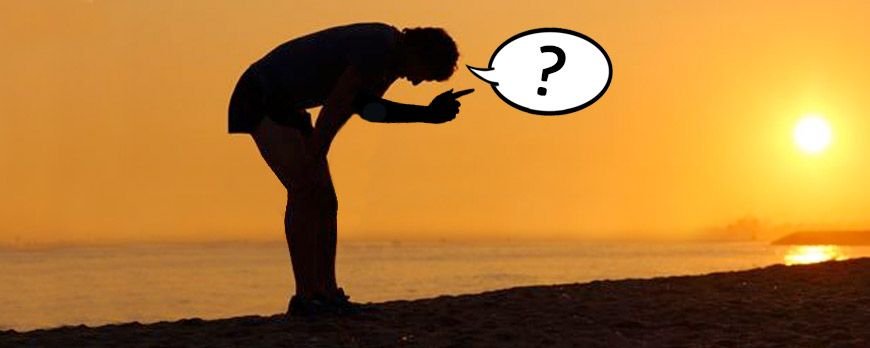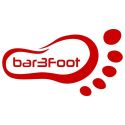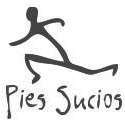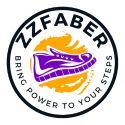No products
Prices are Management included

The question that is repeated over and over again
There is a question that is repeated a lot.
But a lot, a lot.
Both Ángel and I have answered it a hundred times.
For example, Daniel says:
I've had periostitis and fasciitis for three years.
I've tried almost every cushioned shoe on the market, also 'flying shoes'.
I made myself insoles, but the problem didn't go away.
Now I want to go back to running and I've had another study of my footprint.
They told me again that I have to use insoles, I have a wide foot and a little bit of cavus foot.
Do you think that I will be able to wear a minimalist shoe?
Answer:
Hello Daniel,
I always recommend starting with minimalist shoes for walking, working, and even for other more intense activities such as personal training, crossfit, yoga, etc.
But since it's all about running, I want you to come to the conclusion yourself.
The words minimalism or barefoot are not something you have to believe in or be aligned with, it's something more important:
The health of your foot.
Look.
The sole of the foot is one of the parts of the body with the most nerve endings, which gives it great sensitivity.
This sensitivity is used to literally know where we step.
The ground produces tactile stimulations and our body reacts to them, often instinctively.
For example:
If you have ever stepped on a little stone while barefoot, you will have felt how instinctively you modify the load on your foot to minimise the damage.
All this in milliseconds and without thinking.
Does this sound familiar to you?
Well, there is more.
The sole of the foot has two reflexes that are really useful for running.
1. Feeling the hardness of the ground and the strength of the foot.
To adjust the stiffness of your muscles and have the perfect combination of cushioning and stability depending on the ground you're walking on, the speed you're going, etc.
The legs become an intelligent and adaptable shock absorber, all this in an unconscious process, without thinking.
2. The other function is that you are able to perceive any change in your footprint.
For example, if you step too far forward you will notice how you hit the ground, slowing down, making a very unpleasant 'ras' which can be painful.
Or if your cadence is low you'll notice that the impact forces are greater.
Do you think we have developed this whole sensory apparatus to feel the cushioning of the Asics?
A shoe with cushioning makes your body confused.
It makes you think you're standing on soft, unstable ground. Making you stomp against the ground.
It confuses your reflexes and spoils the reaction of your best shock absorber: the one formed by your foot, knee and hip.
The explanation ends here.
That's why you should wear the shoes that allow you to get the best of your feet.
And those that only offer you the protection and comfort you need to tackle any type of terrain.
Some people prefer to wear their feet more protected, others will want to feel the ground more and others will like sandals more.
Below I leave you with the footwear that adapts to your circumstances, your style... but above all...
So that your foot keep being a foot and doesn't become (like Daniel) a problem.
For Men
- For walking and running on asphalt and in the city
- For walking and running on mountains and paths
- For training at home and in the gym
- And for work and daily life
For Women
- For running and walking on asphalt and city
- For running and walking on mountains and paths
- For training at home and in the gym
- And for work and daily life
Note: Part of what you have read has been extracted from our free guide to Learning to Run with Natural Technique.
In it you will find the keys to learning and improving your running technique.
It is essential for running more efficiently and, above all, less harmful.
Dejar un ComentarioDejar una respuesta
Blog categories
- Running Technique
- Shoes Review
- Scientific studies
- Nike and minimalist shoes
- Morton neuroma
- Bunions
- Podiatrists' opinion on...
- Claw toes, crowded toes,...
- Flat feet
- Runner's injuries, runner's...
- Sprained feet, ankle sprains
- Footwear for wide feet or...
- Heel and back pain
- Children's feet and...
- Circulation and bone...
- Knee pain, osteoarthritis,...
- Plantar fasciitis
Últimos Comentarios
Fernando Capellán
That Vivobarefoot lawsuit… and what happened nextLorena Cortés
This is what Nike did to Nadal's footFernando Capellán
They call it ugly... but everyone will...Antonio Caballo
The finger wristband: when fashion squeezes...







































